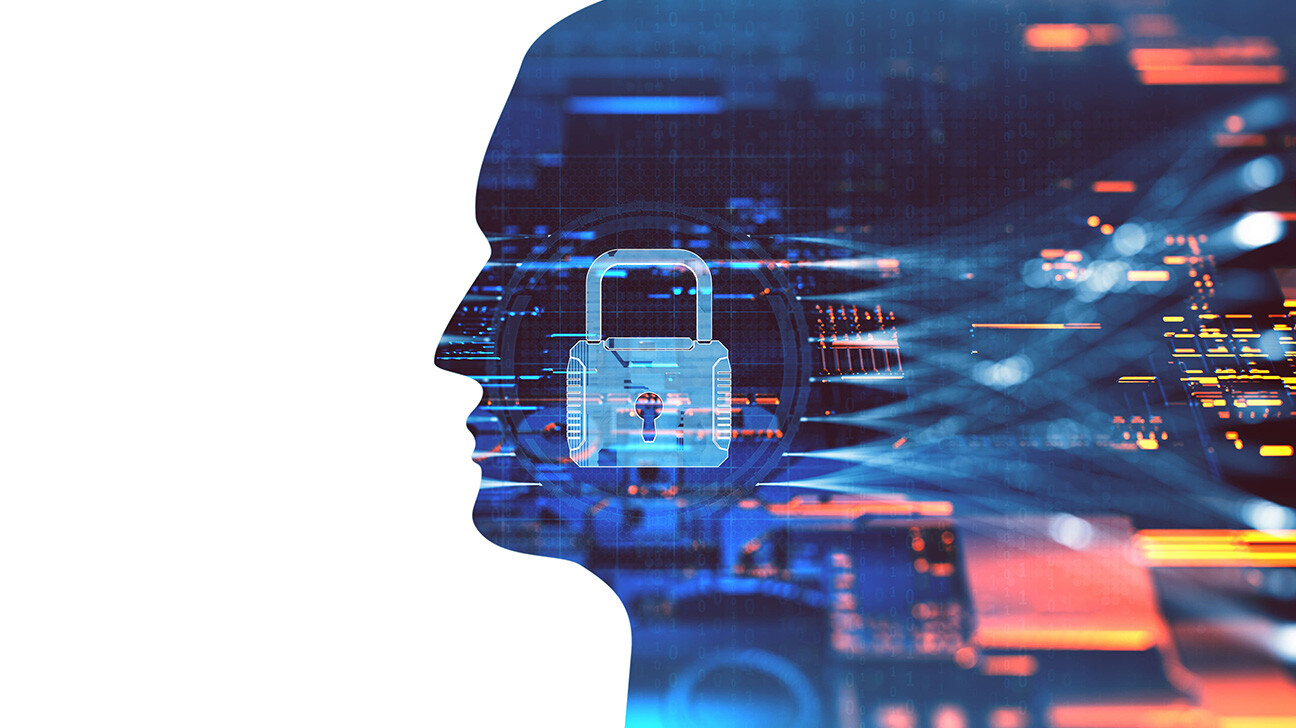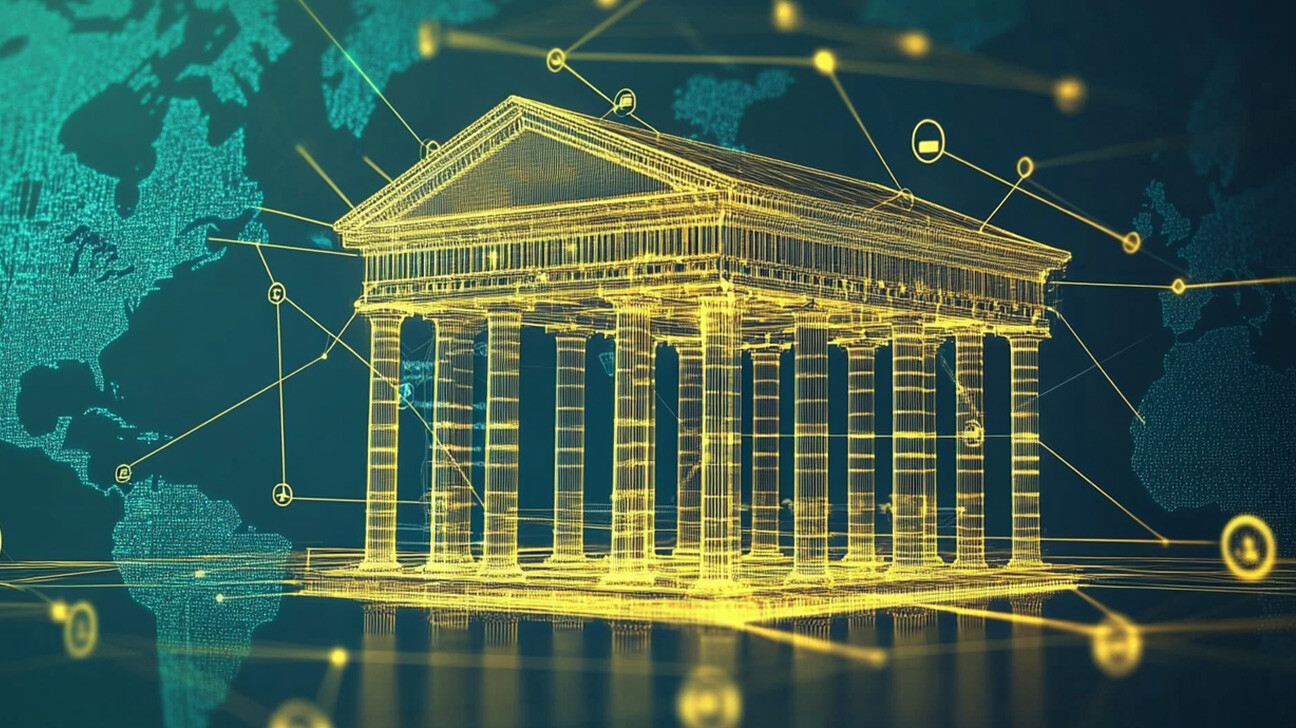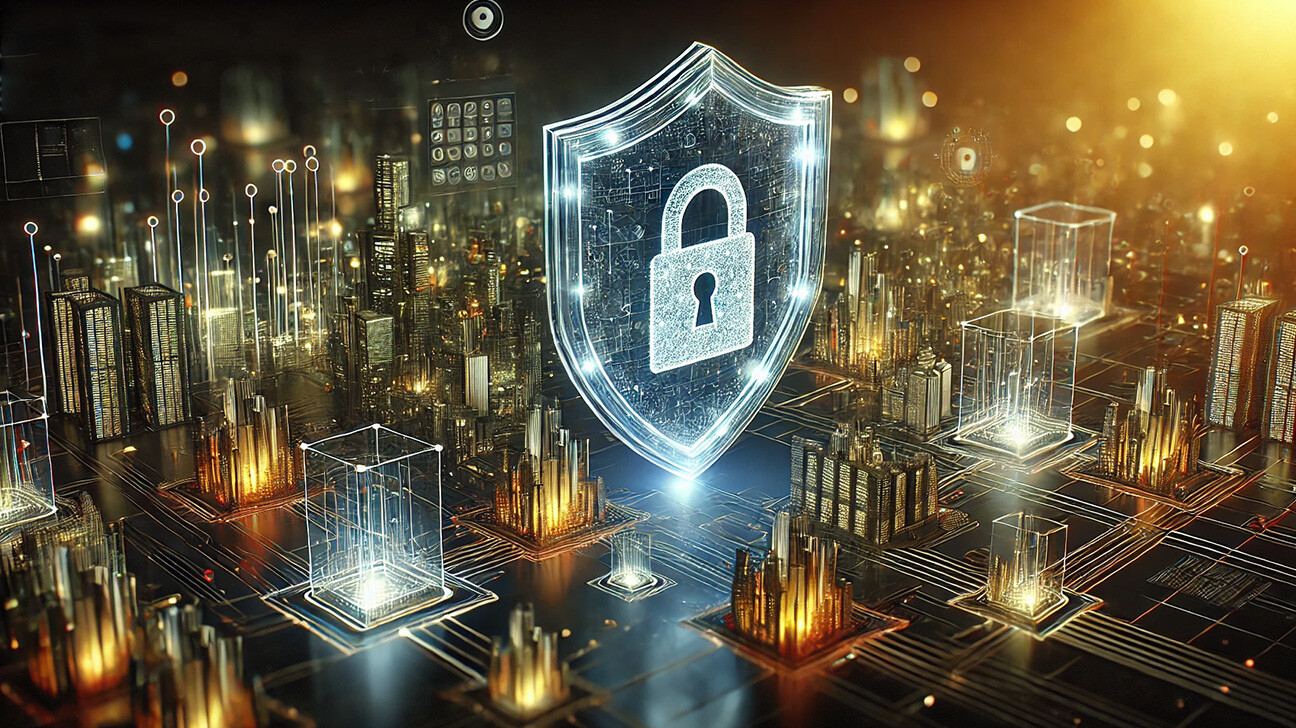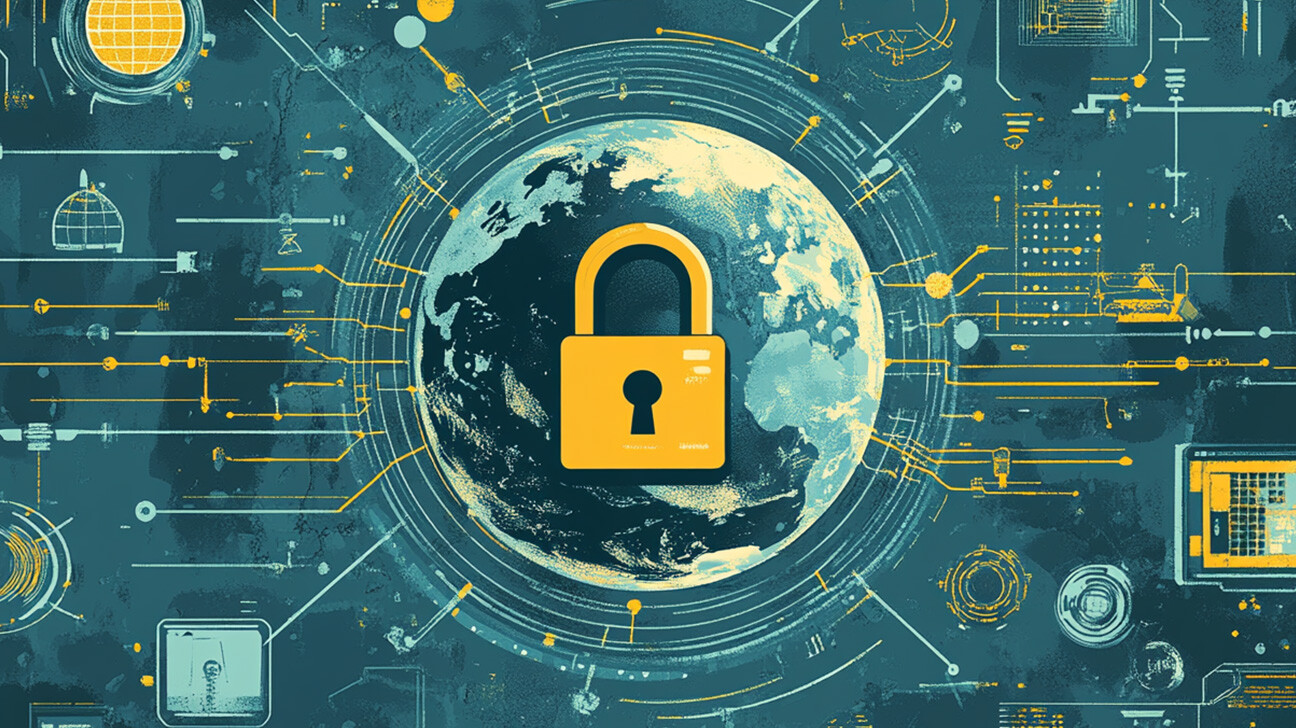Career 15 Vacancies 250+ Employees
Career 15 Vacancies 250+ Employees
InfoGuard AG (Headquarter)
Lindenstrasse 10
6340 Baar
Switzerland
InfoGuard AG
Stauffacherstrasse 141
3014 Bern
Switzerland
InfoGuard Deutschland GmbH
Landsberger Straße 302
80687 Munich
Germany
Putting Zero Trust 2.0 into Practice - in 5 Steps [Part 5: Analytics & Automation]

In the final part of our blog series on Zero Trust 2.0, we focus on the fifth pillar – analytics and automation. These components are essential to ensure a proactive and dynamic security strategy that fulfils the requirements of modern IT environments. Transparency, state-of-the-art analytics and automation are key to strengthening cyber defences and enabling effective implementation of the zero trust model. Our aim is to present you with practical approaches and solutions that will improve your security architecture in the long term and prepare your company for future challenges.
Zero trust – why analytics and automation are so important
In a world where cyber threats are constantly evolving, being proactive and forward-thinking isn’t just a strategy – it’s a necessity. And this is no different when it comes to the zero trust model. Consequently, the fifth pillar of Zero Trust 2.0 is analytics and automation. In this section, we’ll examine the critical components of this pillar and present concrete measures and approaches that you can use to optimise your cyber security while also exploiting the potential of existing technologies – for which the following elements are essential:
Transparency and analytics
In order to implement principles of zero trust, your security and incident response teams need total visibility across your IT environment, including network and file activity as this is the only way they can gain a meaningful overall picture. Advanced threat detection and user behaviour analysis are key to staying abreast of potential threats in your network and detecting anomalous behaviour in real time.
Automation and orchestration
Automation helps keep all your zero trust security systems running and your policies consistently applied. 24/7 monitoring of all your systems, which is needed to implement zero trust, generates too high a volume for humans to handle alone. You should therefore automate as many of your systems as possible for remediation, monitoring and threat detection.
When selecting the technology, care should be taken to ensure that the solutions and services can be integrated into your architecture. When using ZTNA, SASE, firewalls, privileged access management (PAM) solutions, DLP, SIEM and CASB products etc., you need to be mindful of the interfaces required. Organisations can stay ahead of the ever-evolving threats in the digital world by harnessing the power of modern SIEM and security monitoring solutions, implementing user and entity behaviour analytics (UEBA), leveraging orchestration and automation for rapid response, and integrating proactive threat hunting and threat intelligence.
Utilising the power of security event management and monitoring
At the heart of analysis and automation is the ability to collect, correlate and analyse security data from across the enterprise. The management and monitoring of security events are key here and look at events from various sources, including firewalls, servers, endpoints etc. and provide real-time analyses. Advanced security event management and monitoring uses machine learning and behavioural analytics to quickly detect and respond to suspicious activity. You don’t have to operate such a SIEM solution yourself – InfoGuard also offers this as a managed detection service.
Analysis of user and entity behaviour (UEBA)
However, analysing and evaluating security incidents alone is no longer enough nowadays. To detect and respond to sophisticated threats, companies also need to focus on the behaviour of users and entities within their network. UEBA solutions (User and entity behaviour analytics) analyse behaviour patterns and deviations from the norm. If an unusual or potentially harmful action is detected, the system can trigger automatic responses or alert security personnel. UEBA offers companies a proactive approach to identifying threats based on behavioural patterns rather than relying solely on known signatures.
Orchestration and automation for a rapid response
In the face of cyber threats, every second counts. Orchestration and automation are crucial to achieving fast response times. SOAR platforms (security orchestration, automation and response) enable companies to automate security tasks and incident response. When a potential threat is detected, SOAR can initiate predefined actions, such as isolating a compromised device, blocking suspicious IP addresses or creating incident reports. This automation reduces the security teams’ workload and shortens response times.
Integration of threat hunting and threat intelligence
However, modern cyber defence also includes a comprehensive analysis and automation strategy and a proactive search for threats (threat hunting). Threat hunters use advanced analysis tools to search for hidden threats in the network. By taking a proactive approach, companies can identify and neutralise threats before they cause significant damage. Integrating threat data into your security systems enables you to also find out about new threats and vulnerabilities in real time.
Zero trust – a key element for future-oriented cyber security
Zero Trust 2.0 is a significant step towards cyber security. Companies can optimise their own security in the long term by focusing on the five elementary pillars “identity”, “device”, “network”, “data security” and “analytics and automation” as well as the introduction of concrete measures and approaches. While the path to Zero Trust 2.0 requires investment in technology and resources, the result is a resilient network that is not only secure, but also robust in the face of today’s sophisticated cyber threats. This is the end of our journey through Zero Trust 2.0, where we looked at all five pillars of a resilient and secure digital fortress. But hopefully your own journey will now begin...
We hope that we’ve been able to give you some helpful tips with these practical approaches. We’re convinced that the introduction of Zero Trust 2.0 in your organisation will also make an important contribution to protecting your company’s digital assets and ensuring a more secure future.
Would you like to know your state of zero trust readiness?
The InfoGuard “Zero Trust Readiness Assessment” is precisely the right starting point for identifying the risks and any weaknesses in the current zero trust strategy and its implementation! We’ll show you for instance which good practices have not yet been sufficiently defined or implemented in your zero trust strategy. Discrepancies are assessed in terms of their risk criticality. Prioritised recommendations for action are developed on this basis and presented in the form of a solution path. Interested? Then, we look forward to hearing from you.
Would you like to deepen your insight?
Our blog series "Zero Trust 2.0 - Implemented in 5 steps" gives you a complete 360° perspective:
Part 1: Device security
Part 2: Identity management
Part 3: Network security
Part 4: Data security
Part 5: Analytics and automation
We wish you an inspiring read.
Blog

Zero Trust Maturity Model 2.0: Reifegradmodell auf 5 strategischen Säulen

SWIFT CSCF v2025 erhöht den Druck: Nur cyberresilient ist compliant


